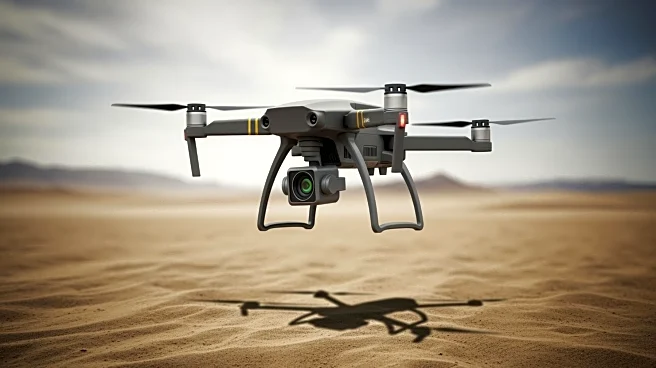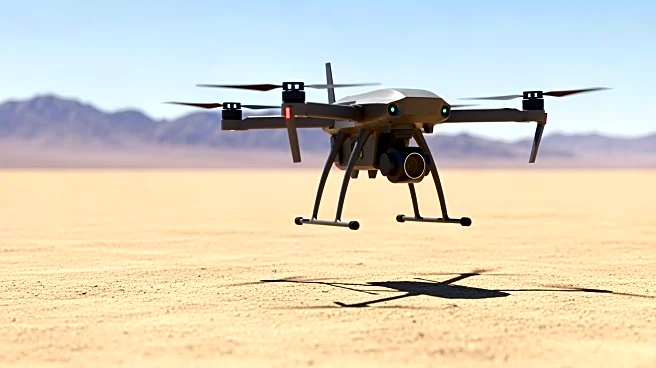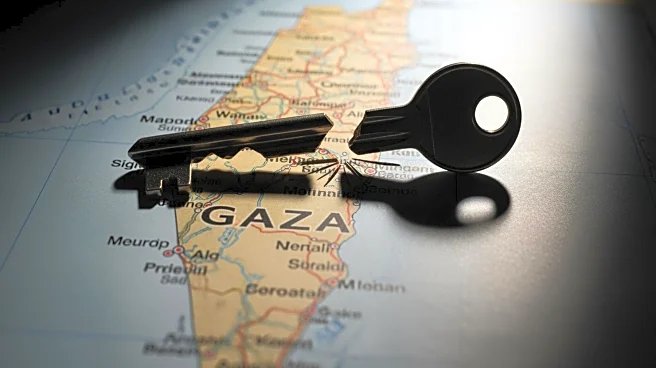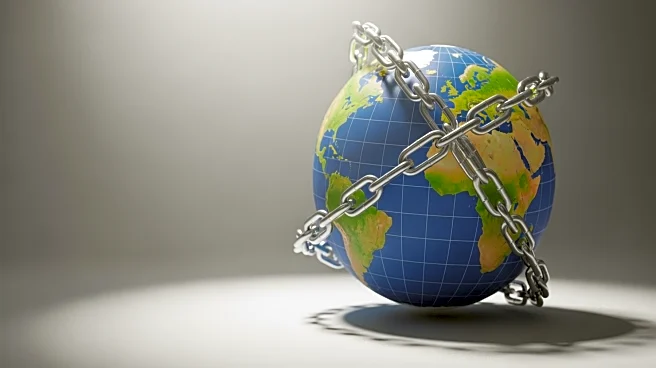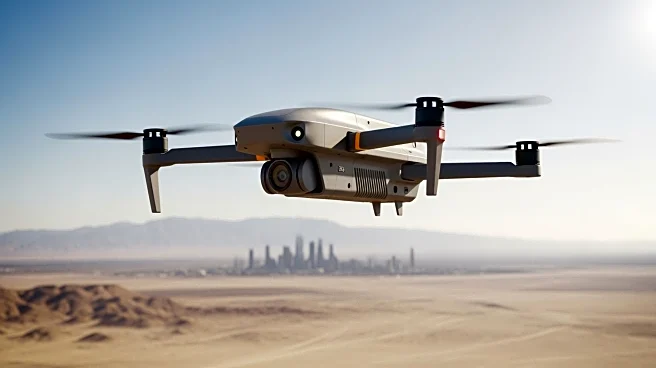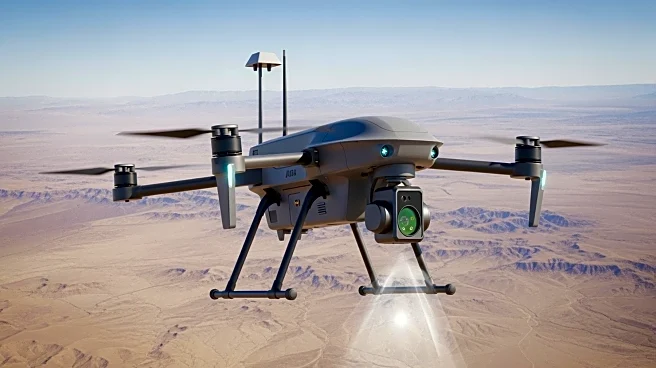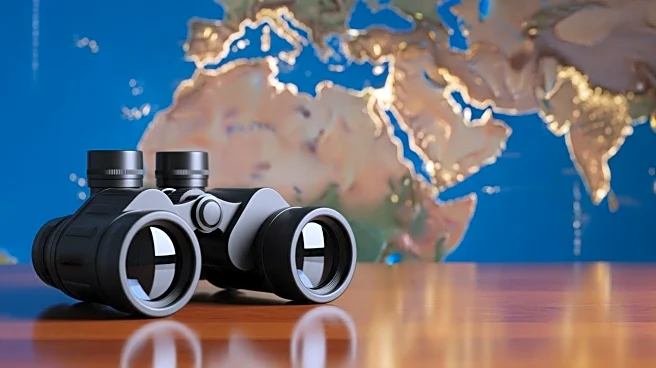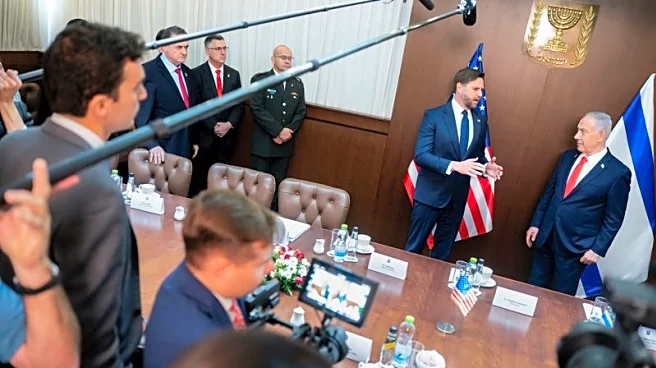What's Happening?
The U.S. military has initiated surveillance drone operations over the Gaza Strip to ensure adherence to a cease-fire agreement between Israel and Hamas. This effort is part of a broader international
initiative led by the United States, with the drones monitoring ground activities in Gaza. The operations are conducted with Israel's consent, as confirmed by Israeli and American military officials. These surveillance missions support a newly established Civil-Military Coordination Center in southern Israel, created by the U.S. Central Command to oversee the cease-fire. The truce, brokered by American, Qatari, and Egyptian mediators, faces challenges due to recent violence and ongoing tensions related to the exchange of deceased individuals.
Why It's Important?
The deployment of U.S. drones in Gaza underscores the fragile nature of the cease-fire and the international community's commitment to maintaining peace in the region. This surveillance is crucial for preventing further escalation and ensuring both parties adhere to the agreement. The involvement of the U.S. military highlights the strategic importance of the region and the potential impact on U.S. foreign policy and military operations. The situation affects regional stability, with implications for U.S. relations with Middle Eastern countries and the broader geopolitical landscape.
What's Next?
Continued monitoring by U.S. drones is expected to play a critical role in maintaining the cease-fire. The international community, including the U.S., may increase diplomatic efforts to address underlying tensions and facilitate dialogue between Israel and Hamas. Potential reactions from regional stakeholders, such as neighboring countries and international organizations, could influence future developments. The situation remains dynamic, with the possibility of further negotiations or adjustments to the cease-fire terms.
Beyond the Headlines
The use of drones for surveillance raises ethical and legal questions regarding privacy and sovereignty. The reliance on technology for conflict monitoring may set precedents for future international peacekeeping efforts. Additionally, the situation highlights the complexities of balancing military intervention with diplomatic solutions in conflict zones.
